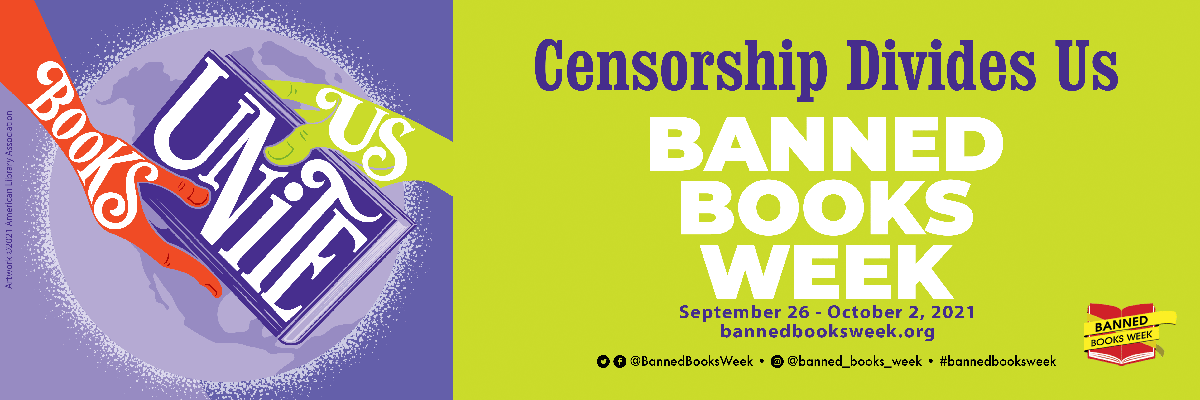
Banned Books Week was first celebrated in 1982. A coalition of bookstores, libraries, teachers and other anti-censorship organizations grew concerned with the growth in book censorship and decided to work towards shedding light on the practice of banning and censoring books.
The theme of Banned Books Week 2021 is: Books Unite Us. Censorship Divides Us.
What is Censorship?
- "Censorship is the suppression of ideas and information that certain persons — individuals, groups, or government officials — find objectionable or dangerous. ...Censors try to use the power of the state to impose their view of what is truthful and appropriate, or offensive and objectionable, on everyone else. Censors pressure public institutions, like libraries, to suppress and remove information they judge inappropriate or dangerous from public access, so that no one else has the chance to read or view the material and make up their own minds about it. The censor wants to prejudge materials for everyone." - ALA.org
During Banned Books Week, people and organizations unite to draw attention to the harms of book censorship as well as to assert and re-assert their beliefs in intellectual freedom and that the freedom to read as a right guaranteed by the U.S. Constitution.
What is Intellectual Freedom?
- "Intellectual freedom is the right of every individual to both seek and receive information from all points of view without restriction. It provides for free access to all expressions of ideas through which any and all sides of a question, cause or movement may be explored." - ALA.org
Lots of different people challenge books and other materials for all sorts of different reasons. Take a look at these infographics showing who challenges materials and the top reasons for those challenges.
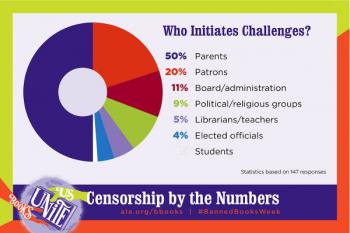
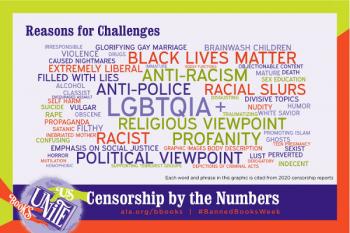
Did you know that the ALA Office for Intellectual Freedom tracked 156 challenges to library, school, and university materials and services in 2020? That's a lot, right?
What Can You Do To Fight Censorship?
- Stay informed! Find out what is happening at your local schools, libraries and bookstores.
- Speak up! If you see censorship happening, use your voice. Write letters to your school and library leaders as well as your local, state, and federal representatives. Let them know that you support the freedom to read.
- Read! Support frequently banned authors and books by being proud to read their stories and discuss them with your friends and family!

Every year, the American Library Association's Office for Intellectual Freedom (OIF) puts together a list of the Top 10 Most Challenged Books of the previous year along with the reasons they have been challenged or banned.
At the library, we think this list is a great place to start reading banned books and celebrating your freedom to read!
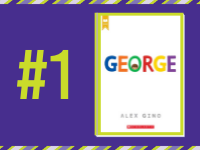
Challenged, banned, and restricted for LGBTQIA+ content, conflicting with a religious viewpoint, and not reflecting “the values of our community.”
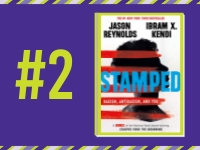
Stamped: Racism, Antiracism, and You by Ibram X. Kendi and Jason Reynolds
Banned and challenged because of the author’s public statements and because of claims that the book contains “selective storytelling incidents” and does not encompass racism against all people.
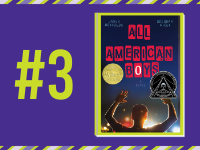
All American Boys by Jason Reynolds and Brendan Kiely
Banned and challenged for profanity, drug use, and alcoholism and because it was thought to promote antipolice views, contain divisive topics, and be “too much of a sensitive matter right now.”
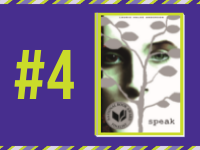
Speak by Laurie Halse Anderson
Banned, challenged, and restricted because it was thought to contain a political viewpoint, it was claimed to be biased against male students, and it included rape and profanity.
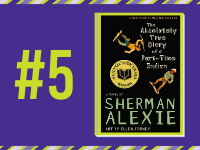
The Absolutely True Diary of a Part-Time Indian by Sherman Alexie
Banned and challenged for profanity, sexual references, and allegations of sexual misconduct on the part of the author.
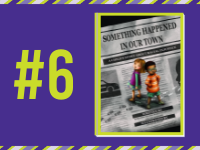
Challenged for “divisive language” and because it was thought to promote antipolice views.
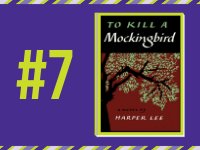
To Kill a Mockingbird by Harper Lee
Banned and challenged for racial slurs and their negative effect on students, featuring a “white savior” character, and its perception of the Black experience.
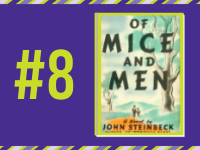
Of Mice and Men by John Steinbeck
Banned and challenged for racial slurs and racist stereotypes and their negative effect on students.
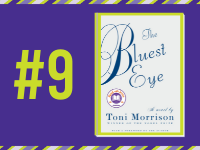
The Bluest Eye by Toni Morrison
Banned and challenged because it was considered sexually explicit and depicts child sexual abuse.
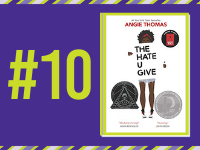
The Hate U Give by Angie Thomas
Challenged for profanity, and because it was thought to promote an antipolice message.
Sources: American Library Association, Banned Books Week Coalition,